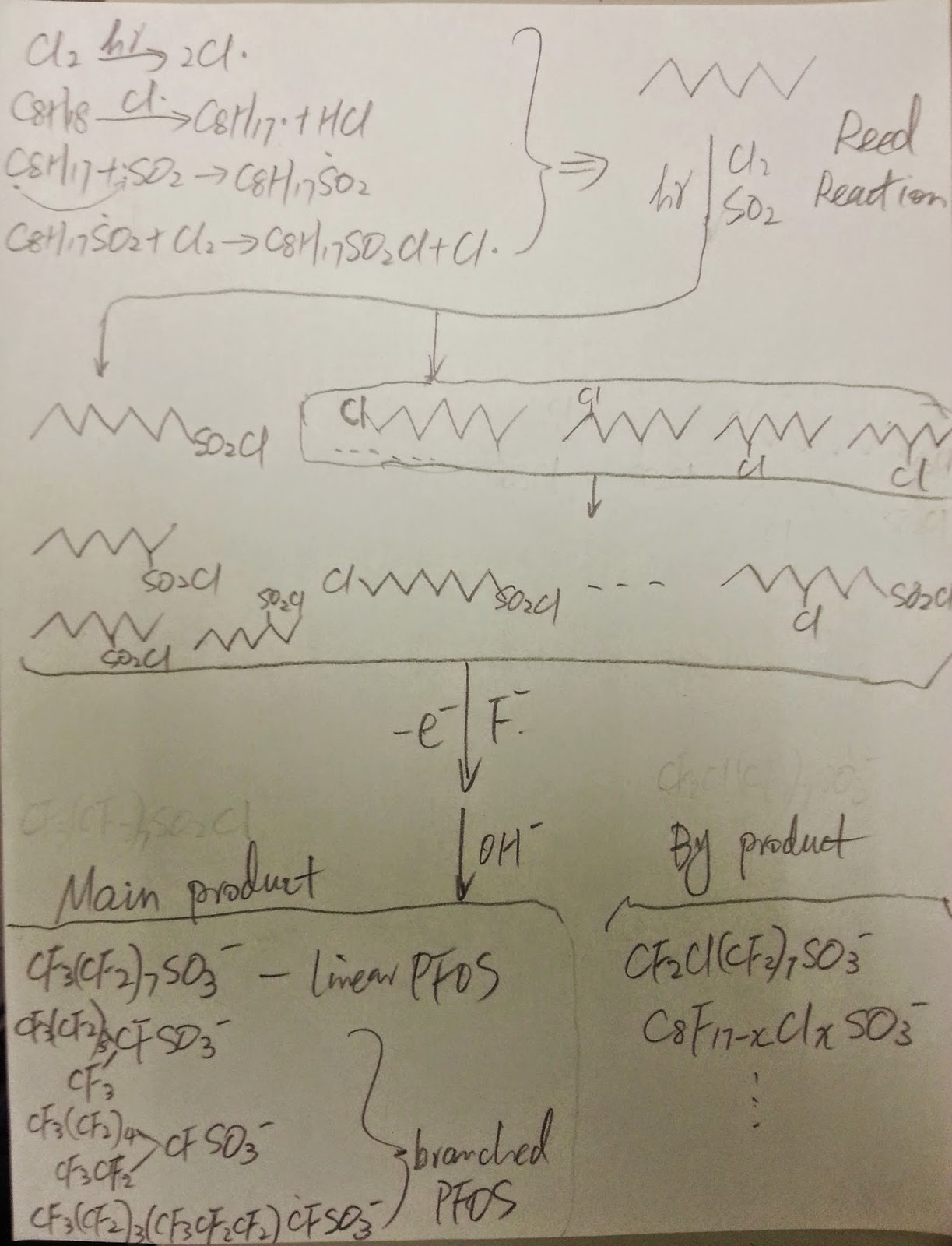In addition to the chemicals mentioned the previous post, there are other chemicals in fireworks and support their functions
Combustion agents, which generate high temperature after the fireworks are ignited. The major chemical component of combustion agents include fuel and oxidants that support combustion. Besides black powder, some metals (Al, Mg, Fe, Zn), petroleum components, phosphor, sulfur organometal also serves as fuels of fireworks. The combustion of these fuels requires the support of oxygen. However, at the fast rate of combustion with fireworks, the oxygen in air is consumed faster than can be refilled by surrounding air. Therefore, different oxidants are also added to fireworks to support the abrupt chemical reactions.
The most common oxidizer is potassium nitrate, which decomposes to potassium oxide, nitrogen gas, and oxygen gas.
Sometimes more explosive oxidizers, which produced temperatures of 1700 to 2000°C and made possible the creation of much more intense colors. These oxidizers are the chlorates and perchlorate
Fireworks use chlorate and perchlorate as the oxidizer often include catalyzers . The function of catalyzers is to decrease the required temperature for certain chemical reactions. Catalyzers often include some transition elements, for example, CoO2, Cr2O5, CuO, TiO2, PbO2, Pb3O4.
Besides the chemical components that take part in chemical reactions during firework combustion, there are also other inner component such as sulfate, phosphate, carbonate and natural resin that make the different chemicals stay together.
Sometimes fireworks are used during the day time. In such case, smoke from fireworks plays a more important role than the light from fireworks. Such fireworks used during the day time also includes smoke generating agents which forms many aerosol particles with different sorption and refraction on the light to give different colors. Such chemicals that form aerosol particles include yellow phosphor, white phosphor, hexachloroethane, alumimum powder, zinic oxide, and dyes
With so many chemicals in fireworks, what's the environmental impact caused by these chemicals in fireworks? Let's continue next time.




